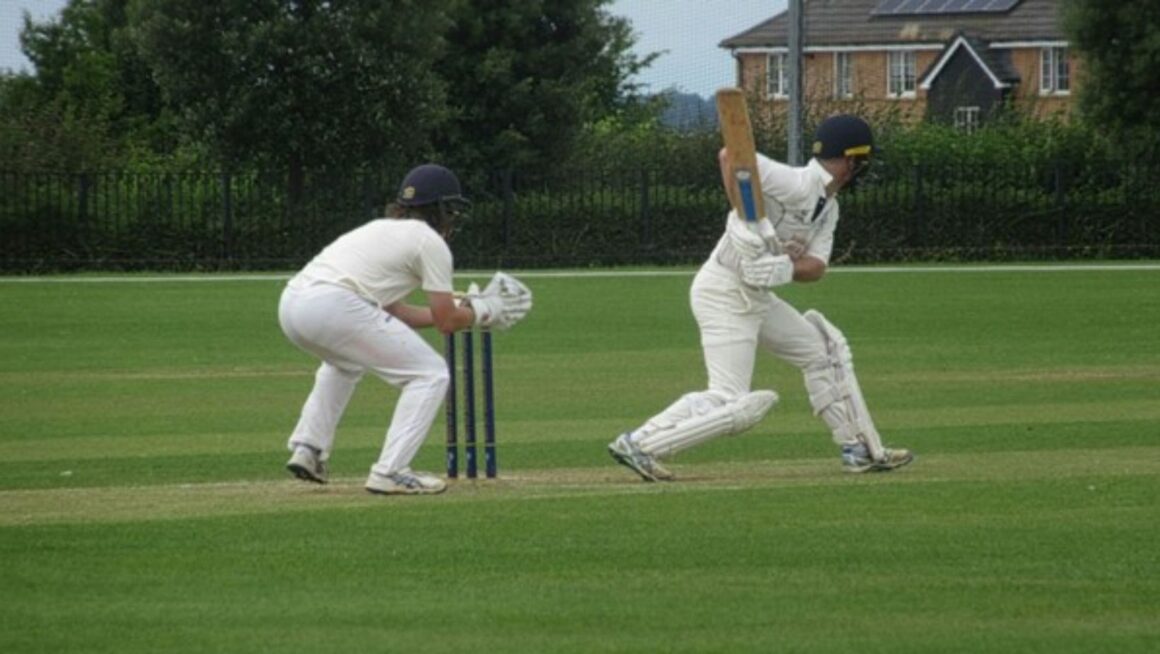Cricket is one of those sports that have experienced quite a few innovative inventions in recent decades. These changes have transformed the dynamics of cricket, the way the game is assessed, and the way the spectators view the game while making it far more accessible and statistics-oriented. The study looks at how the game is being affected by contemporary innovations, particularly how cricket’s DRS, digital cameras, and sophisticated monitoring systems improve accuracy and appeal as a game.
Decision Analysis System (DRS)
Perhaps one of the most influential innovations to have taken place in cricket is the DRS system, which fine-tunes on-field umpiring accuracy by allowing teams the facility to challenge certain calls. First viewed with suspicion, DRS has now become an integral part of international matches and even a few domestic leagues. It includes tools such as Hawk-Eye, UltraEdge, and HotSpot. Hawk-Eye tracks the ball’s trajectory so as to calculate any likely contact with the stumps, which becomes vital in LBW decisions.
UltraEdge, also referred to as Snicko, detects sound frequencies to confirm contact with the bat. HotSpot uses infrared imaging to identify contact points. Put together, these technologies result in increased accuracy, thereby yielding fair results and a reduction in critical errors. DRS also introduces some strategic elements since teams have to decide judiciously when to challenge. This in itself allows more transparency and thereby builds the trust of the supporters, who are now in a position to see the review process and understand how a decision is arrived at.
Automatic Cameras
Automatic cameras changed the whole experience of cricket-watching as every single action could be seen from different angles. Systems like Spidercam, which flies above viewers and thus shows angles in motion, and drone cameras, which show angles that might not otherwise be seen, enhance the viewership experience. It allows viewers to appreciate certain moments much better, like close run-outs or how great catches were made.

Cameras in the field clear things for the umpires and record information related to the position of the foot for no-ball incidents or reviews of catches given out. This reduces human judgment and facilitates a fair game with integrity.
Sensors and Analytics
Sensors are becoming vital even in cricket, as they may enlighten the teams with all sorts of critical information about the performance of a player. Bat sensors measure the swing angle, speed, and shot force, while ball sensors provide spin, swing, and seam movement. Wearables like fitness bands track heart rate, speed, and motion that help a team maintain the health and, subsequently, the performance of the players. This reduces the chances of injury by adjusting the training data accordingly.
To coaches, sensor data brings a new dimension to analytics, enabling better-informed decisions on player development, strategy, and team dynamics. These metrics bring science to cricket, moving away from the intuitive-based decision-making sport it has traditionally been. These decisions affect the outcome of matches just like the decisions you make in a 1xBet Crash Game. That’s why you should use the “sensors” of your brain to use only the right tactics.
The Game’s Transformation and Future Prospects
Technology has redefined the way cricket is played, viewed, and perceived in a big manner. High-resolution visuals with accurate data make for a far more interesting experience for the viewer, while accuracy in decisions maintains equitable play.

For the players and coaches, technology is one of the prime methods of performance optimization and tactical fine-tuning. Yet, a few stumbling blocks still exist; for example, not all levels are able to make use of DRS because of the cost of setup involved, which creates unevenness.
Looking ahead, cricket might see even more advances. Real-time predictive models and AI may further reduce injury prevention. AR and VR might also create even more immersive fan experiences, such as views from the pitch side or the player’s perspective. Also, a fun experience you can have while you play Minesweeper, such as on a game break.
Conclusion
This also means the rise of technology in cricket, where precision will be married to spectator engagement and high performance. New initiatives such as DRS, automated cameras, and sensor analytics are establishing cricket as an increasingly data-driven sport. With more technological innovation on the horizon, cricket will continue to be stretched into new dimensions that will ensure the game remains appealing and relevant to future generations.


